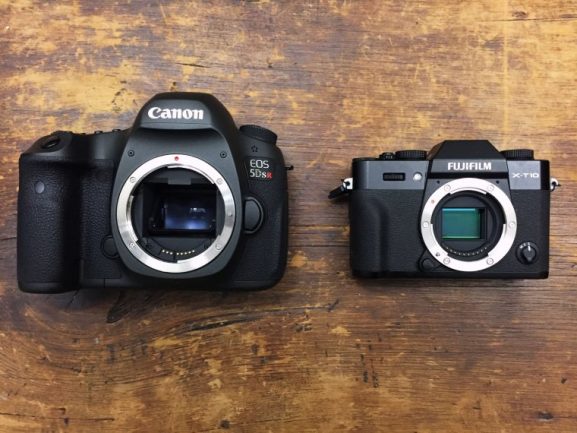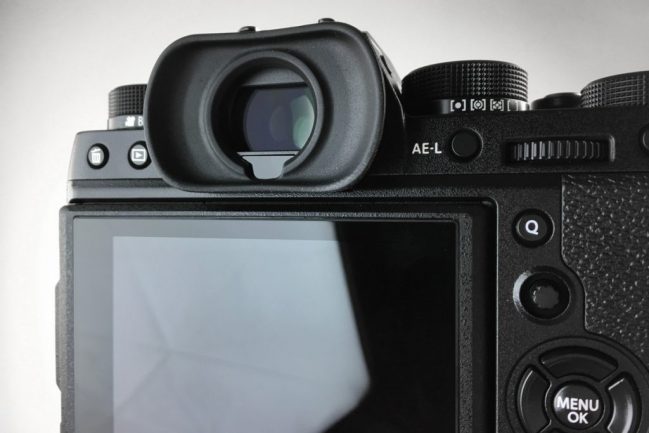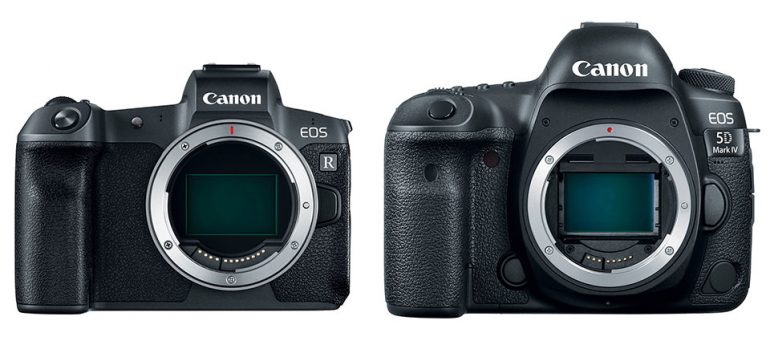Professional and enthusiast photo shooters alike have been lugging around huge, heavy camera bodies for the better part of the last century because… bigger means better, right? Not anymore.
Mirrorless cameras have been gaining progressive amounts of traction in the pursuit of finding their places in professionals’ gear bags. Mirrorless cameras offer various advantages over traditional DSLR bodies; today I’ll be breaking down a list of the five best reasons to shoot on a mirrorless camera in 2019.
1. Lighter systems/Smaller bodies:

DSLR cameras have always been notorious for being big and bulky. Due to their design, it is close to impossible to thin down a DSLR body. Traditional DSLR cameras make use of single-reflex mirrors that allow users to see through the viewfinder even if the camera is off. Unfortunately, this design calls for a much thicker camera body to allow for room for the mirror’s mechanism. This leads to bigger, bulkier cameras. The mirror also accounts for more weight as it adds more glass to the inner workings of the camera.
Mirrorless cameras reduce the overall size and weight of their systems by eliminating the need of a mirror, instead allowing the lens to focus the light of the scene directly on the sensor of the camera. This not only allows for camera bodies to be smaller and lighter, but also lets the user look through the viewfinder while shooting video.
2. Electronic viewfinders

The lack of a single-reflex mirror is what earned the mirrorless camera its name. In normal DSLR systems, the viewfinder is blocked when the mirror flips out of the way of the sensor while in video mode. On a mirrorless camera, this isn’t the case. Seeing as the lens of the camera fires light directly into the sensor, there is no opportunity for an optical viewfinder.
Mirrorless camera manufacturers decided instead to include electronic viewfinders that essentially transmit the same signal as the screen onto a surface the size of the human eye. This allows for users to see their exposure in real-time and allows for the use of the viewfinder during video capture, which can allow for better composition when the screen is not usable.
3. More features per dollar
Most camera manufacturers in 2019 have some sort of mirrorless option available. Sony and Panasonic kicked off the trend with their Alpha and Lumix lines, with Canon and Nikon joining the party earlier this year. Since manufacturers are putting a lot of effort into this new technology, the cameras being produced are significantly more competitive than their predecessors.
Compare Canon’s EOS R to their previous flagship camera, the 5D Mark IV:

| EOS R | 5DMKIV |
| Mirrorless System | DSLR System |
| 30 Megapixel Stills | 30 Megapixel Stills |
| 4K Video (downsampled from 6K) | 4K video |
| 5655 Auto Focus points | 61 Auto Focus points |
| $4,500 (with 24-105 lens) | $5,150 (with 24-105) |
These cameras are statistically identical- even though the newer mirrorless EOS R is over $600 cheaper (and has way better auto focus). Both are definitely considered pro-level cameras and have the price tags to match, but savings of any kind are beneficial to any budget-conscious photographer. With that extra cash you can purchase an extra lens or tripod!
4. Silent shooting
Nothing is worse than trying to stealthily snap a photo and having the clack of your shutter giving you away. Mirrorless cameras can completely eliminate this worry, as most have settings to turn off the mechanical shutter, resulting in a totally silent shooting experience- ideal for quiet events like wedding ceremonies or taking photos of sleeping pets.
5. Futureproofing
DSLR cameras have been around since the late 90s and traditional film SLRs have been around for over a century. To say that by now they’re vintage tech would be about as redundant as calling water wet. If you’re in the market to buy a camera, look towards mirrorless systems as they’ll be supported much further into the future, they are filled with the most bleeding edge technology and will save your back and arms from doing a workout every time you head out shooting.

